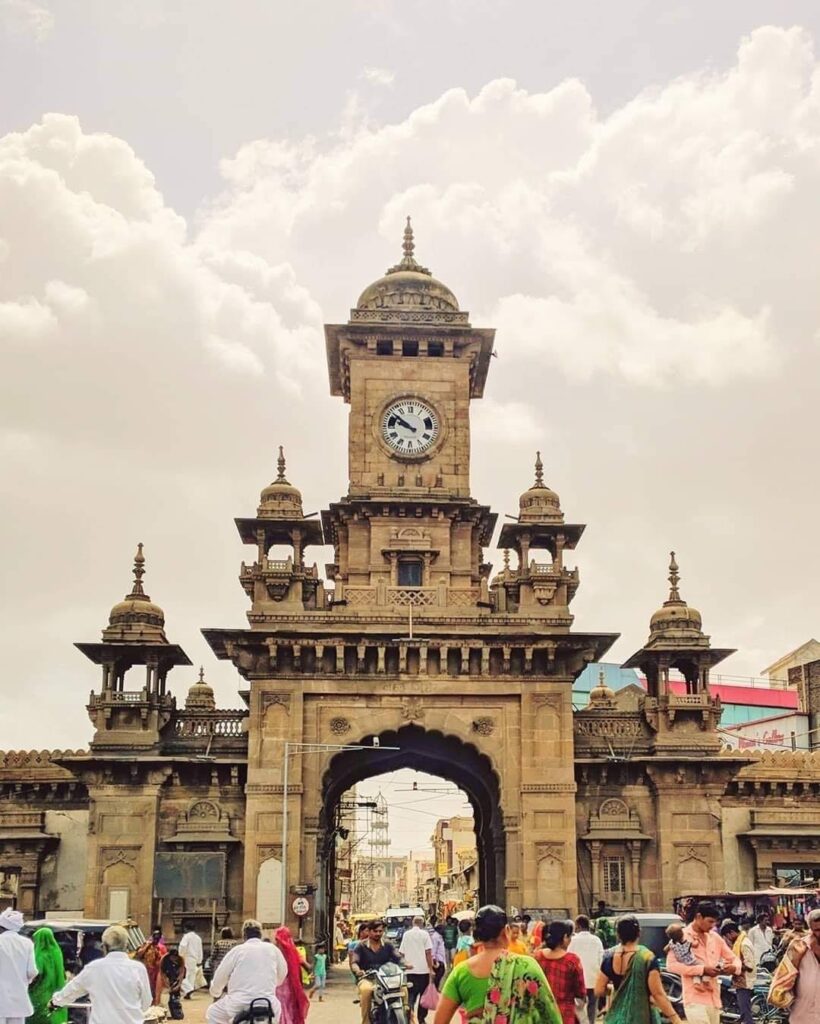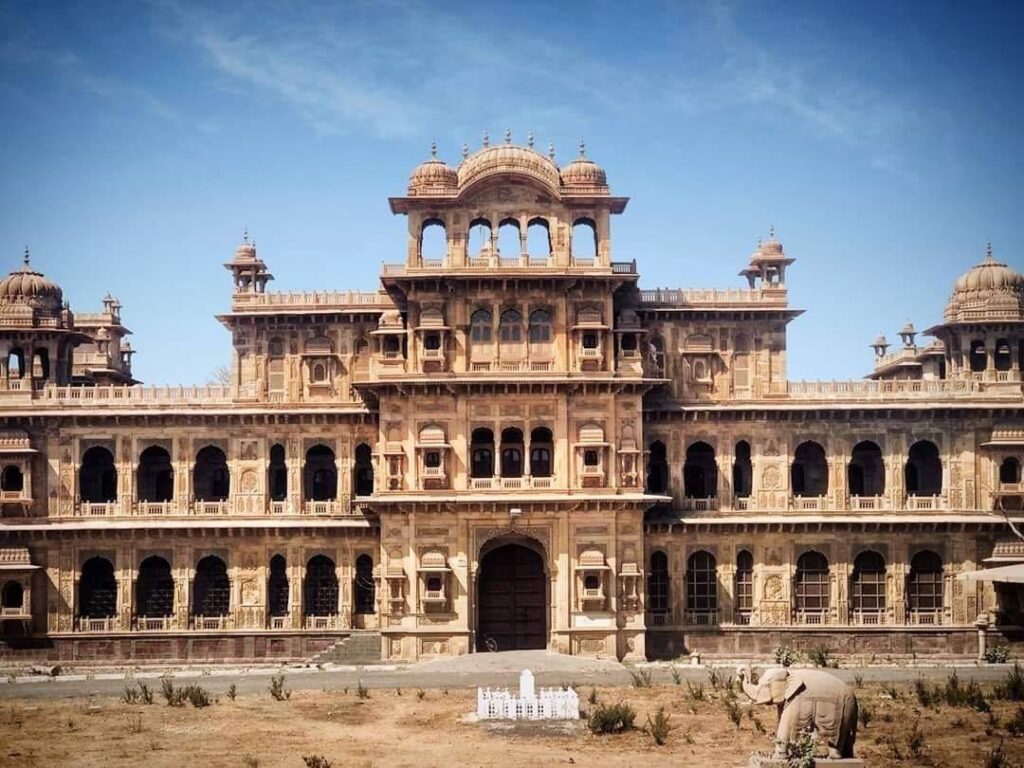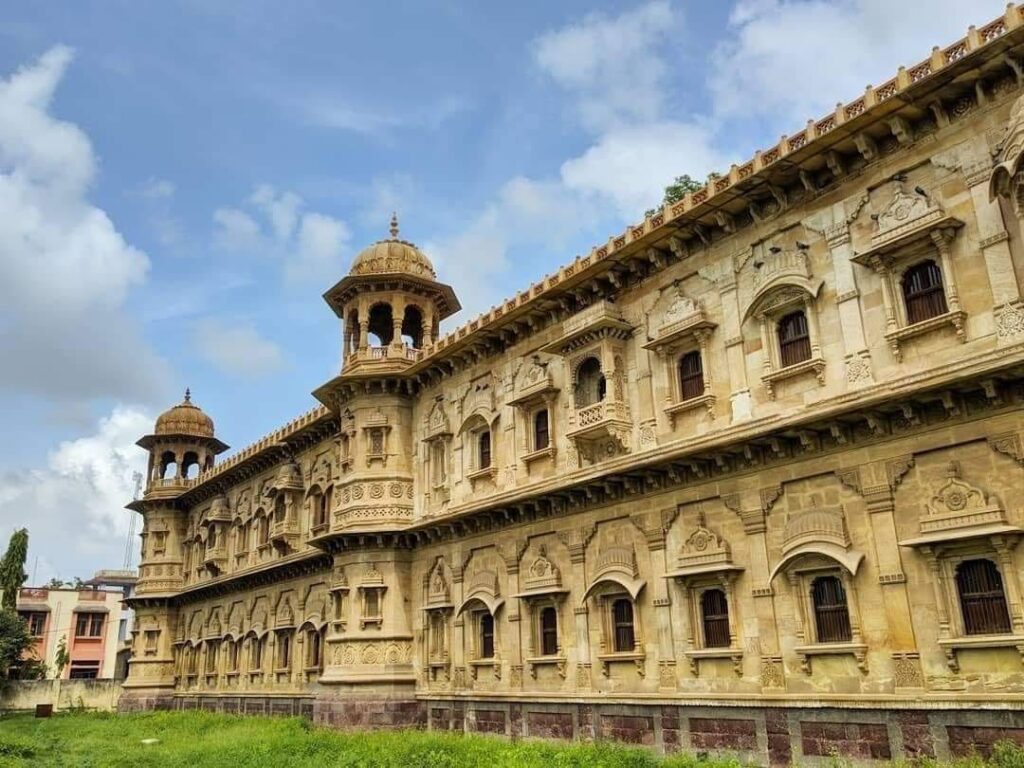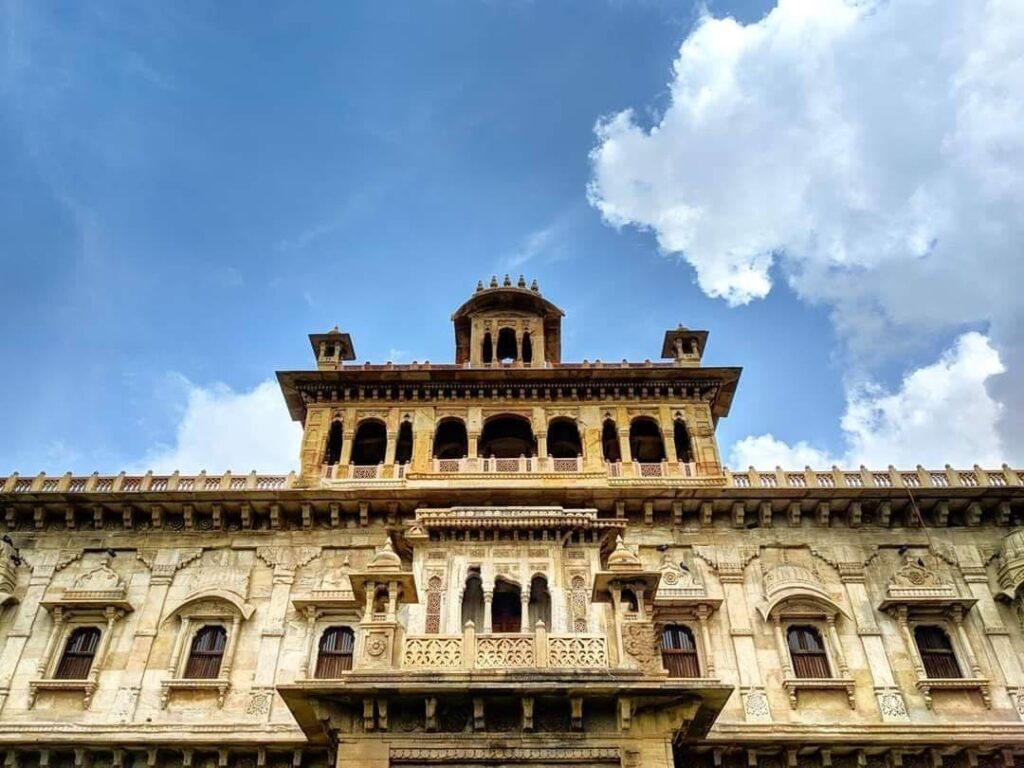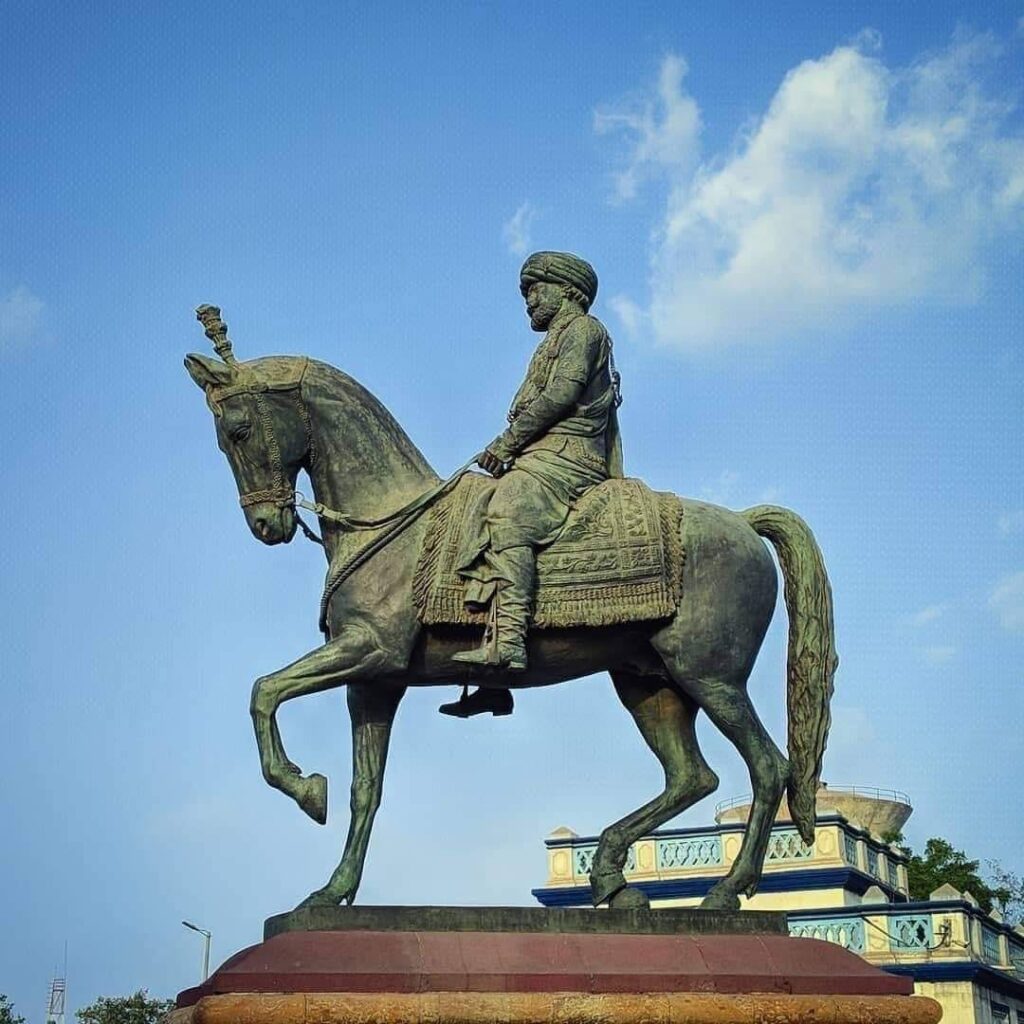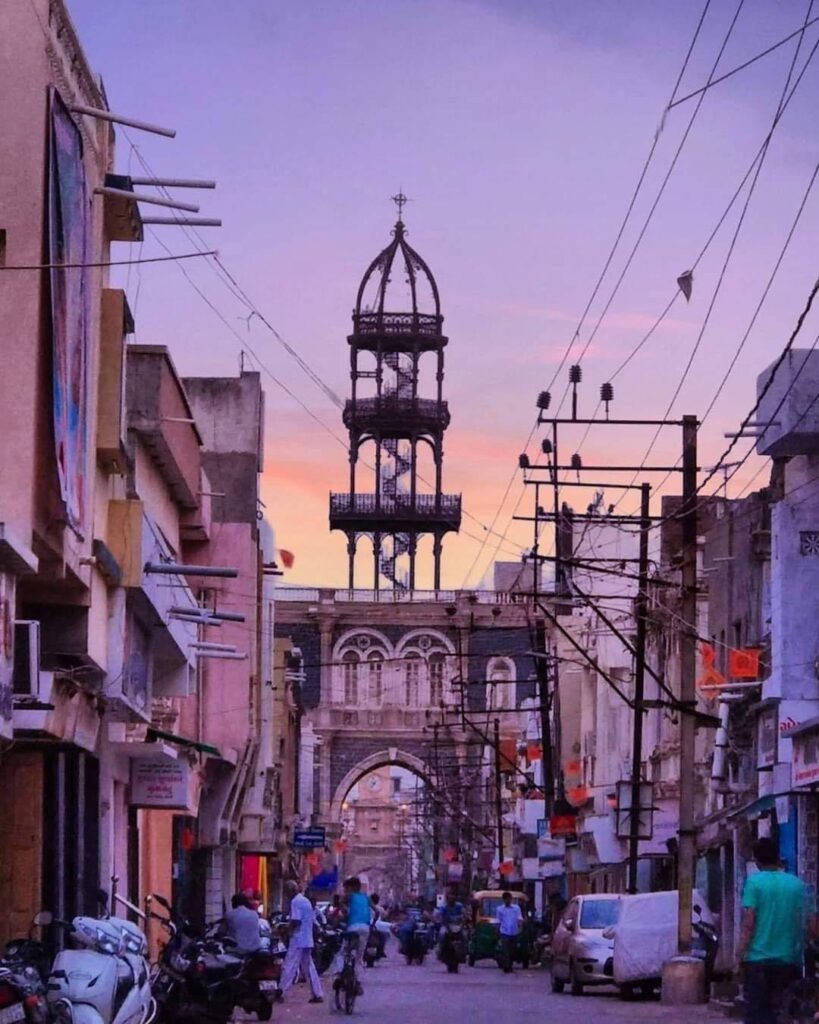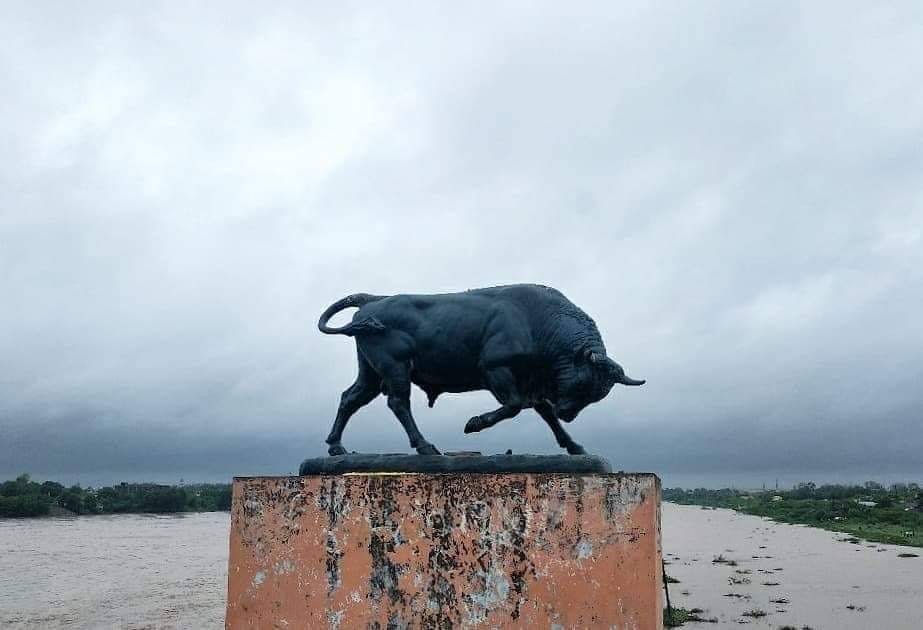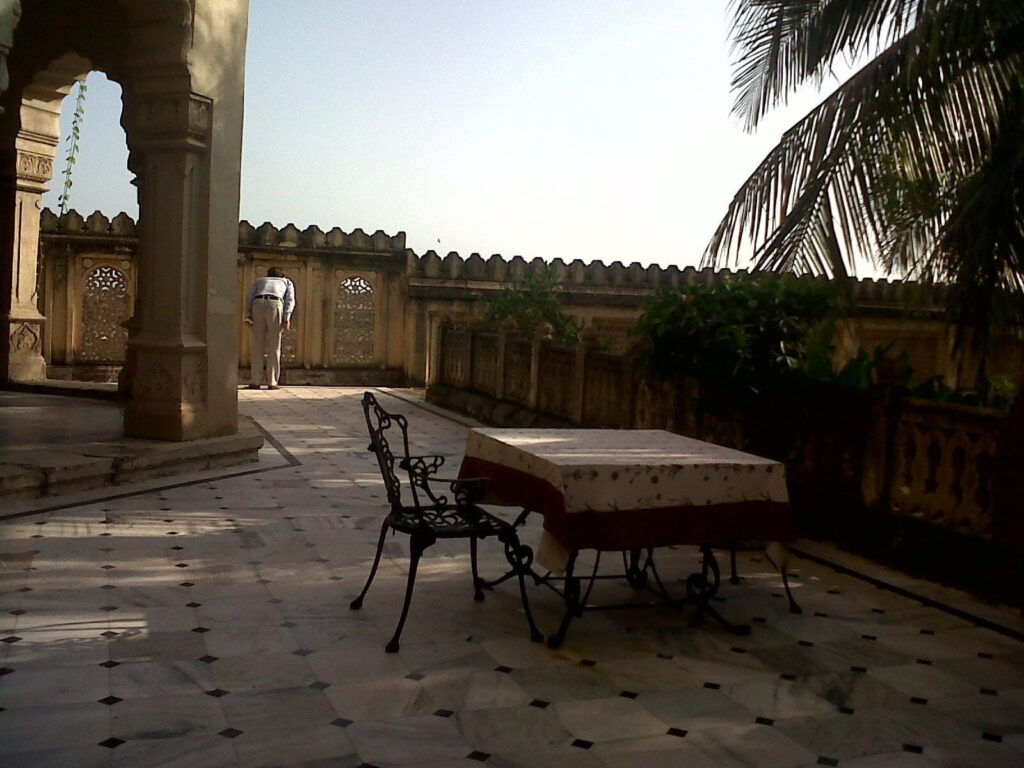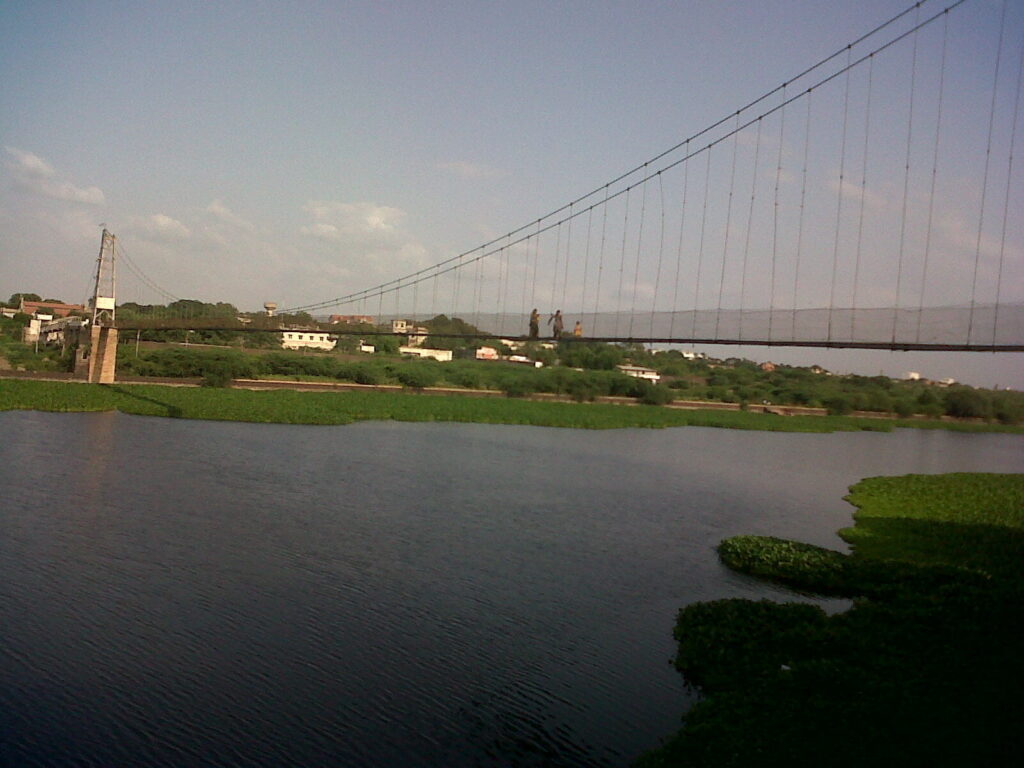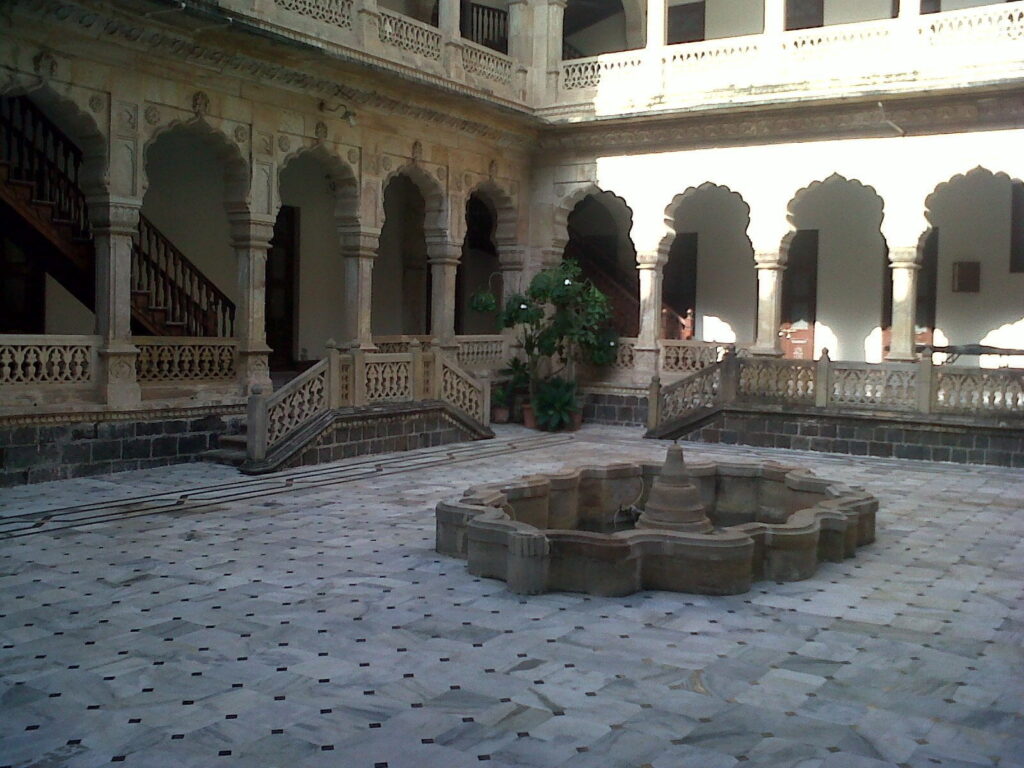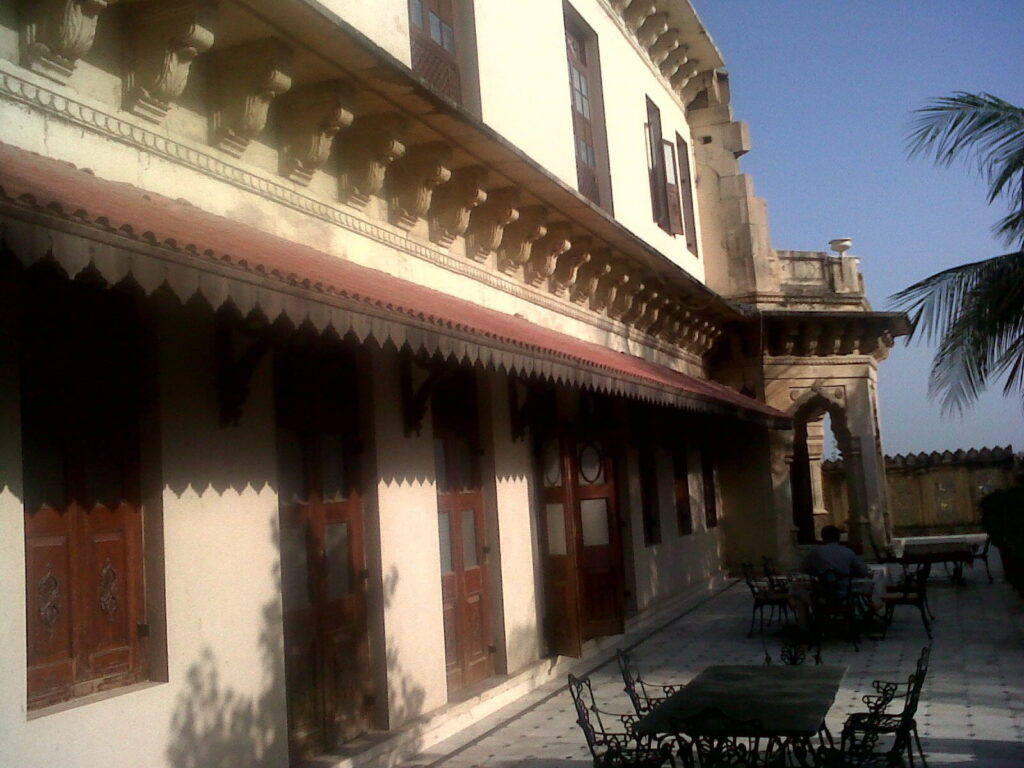Within a few kilometres from the industrial area is Morbi city. It became a district place on 15th August 2013. Before independence, this city was a kingdom. You can see a glimpse of its splendid past by standing for a few minutes over the bridge. Ask any local person about the Machhu Dam failure and flood calamity (1979) and he will bring you back the past.
You can see the marking H.F.L. (Highest flood level) at palaces, gates, and other heritage monuments across the city. This means the waters of flood reached that level during the flood.
The city tripled its area during the last 2 decades due to the large scale growth of various industries. For jobs, many dwellers come from other parts of Gujarat as well as from other states of India.
Before the Narmada canal served the Saurashtra region, most areas surrounding Morbi were barren land. The farmers (mostly Patels) before 40 years abandoned farming. They sought opportunities in other areas. A few of them migrated. But many aspired to generate multiplier business by staying around Morbi city.
You can see the marking H.F.L. (Highest flood level) at palaces, gates, and other heritage monuments across the city. This means the waters of flood reached that level during the flood.
The city tripled its area during the last 2 decades due to the large scale growth of various industries. For jobs, many dwellers come from other parts of Gujarat as well as from other states of India.
Before the Narmada canal served the Saurashtra region, most areas surrounding Morbi were barren land. The farmers (mostly Patels) before 40 years abandoned farming. They sought opportunities in other areas. A few of them migrated. But many aspired to generate multiplier business by staying around Morbi city.
One such person was Mr. Odhavjibhai R. Patel who built an empire called “Ajanta” from scratch. He learned valuable technology from Japan in 1971. Then started the first large scale wall clock factory in Morbi. Today the Ajanta Group offers job opportunity to > 7000 local people and > 5000 among them are women. It was Ajanta which gave inspiration to hundreds of others. Now Morbi is a hub for wall clock industry.
Morbi is also known for its roof tile industry. The roots go back to the 1940s. Late Sri Parshuram Balwant Gunpule pioneered Parshuram Pottery Works. It was also the first public limited company of Morbi. Another public limited company of Morbi was Arunoday Mills Limited incorporated in 1962. They gave employment to thousands of local people.
Morbi is also known for its roof tile industry. The roots go back to the 1940s. Late Sri Parshuram Balwant Gunpule pioneered Parshuram Pottery Works. It was also the first public limited company of Morbi. Another public limited company of Morbi was Arunoday Mills Limited incorporated in 1962. They gave employment to thousands of local people.
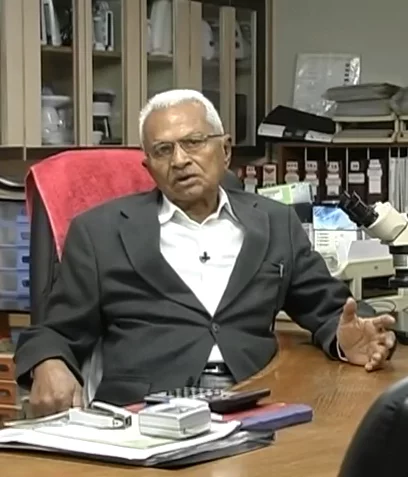
Since a decade wall clock and roof tiles products reached its saturation point. Customers have other preferences/products that are cheaper and better. So local investors started to move to a lucrative industry and that is the ceramic tile industry. The city locals (mostly Patels) are the biggest stakeholders in Morbi’s tile industry.
To support the gigantic tile industry, several ancillary industries have sprung up. Which are…
To support the gigantic tile industry, several ancillary industries have sprung up. Which are…
Recently laminates factories also came up with a wide range of design options. Soon Morbi would become a hub for laminate industry as well.
